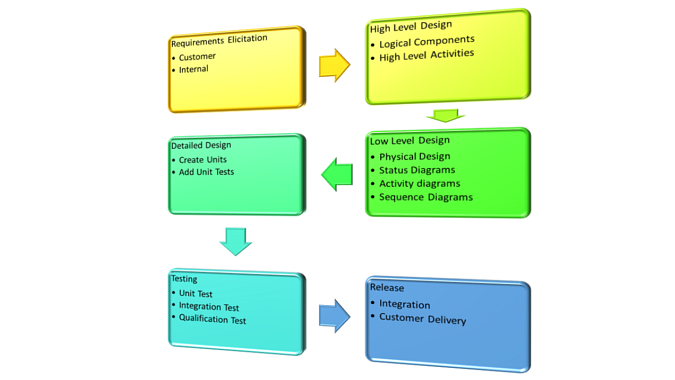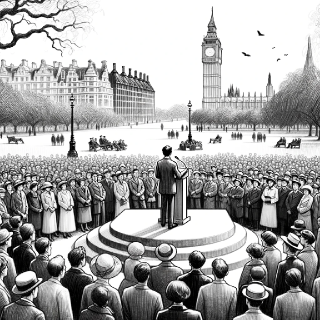
Recently, everybody seems to be talking about process improvement, process design, process maturity, and so on. But what actually is a process?
The term has a similar depth and ambiguity as the idea of an “object.” The ISO 9000:2000 standard defines a process as:
“A set of interrelated or interacting activities which transform inputs into outputs.”
For an IT specialist, this definition still raises questions: What exactly is “interrelation”? How do activities “interact”? And why should we deal with “processes” at all? Does this really concern our project? It sounds like a matter that should be handled with caution.
Many attempts to standardize software project processes have ended up as massive folders in locked cabinets. Many of us indeed have bad memories of such efforts. The very word process often triggers fears of excessive formalities, complicated workflows, and wasteful overhead.
A computer scientist might be tempted to imagine processes as UML activity diagrams with object flows. In that world, everything is algorithms and data structures—simply modeled as activities, results, and inputs. But that still does not answer the bigger question: What is the general purpose of a process?
We prefer to view processes pragmatically. As consultants, we see them in the context of commercial organizations. In that sense, processes can be understood as parts of the value-added chain. This perspective is logical, since businesses pursue commercial goals. Processes are therefore chains of value-adding activities on the way to creating a positive cash flow for the organization as a whole. At each stage, the aim is to improve the entire value-added chain.
However, we should be careful with certain terms. The word chain suggests that a process is a deterministic, linear sequence. From experience, this is rarely true. Decisions, parallelisms, bypasses, and shortcuts are common characteristics that break linearity.
A more useful definition, then, is this:
A process is a directed graph consisting of activities, transitions, and work objects.
The activities use tools and resources to produce new or more valuable results.
The ultimate goal of a process is to create a product that can be sold at a profit.
Let’s start a conversation on LinkedIn or X.com (formerly Twitter).
I am a project manager (Project Manager Professional, PMP), a Project Coach, a management consultant, and a book author. I have worked in the software industry since 1992 and as a manager consultant since 1998. Please visit my United Mentors home page for more details. Contact me on LinkedIn for direct feedback on my articles.






Be the first to comment